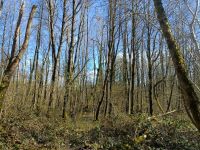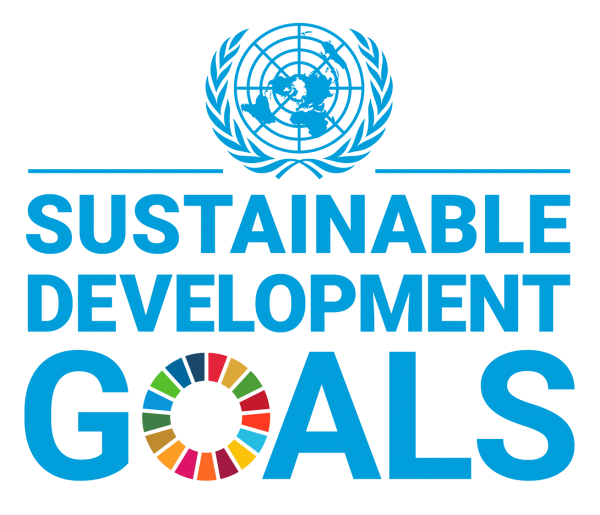Ecosystem Services
Forest Ecosystem Services include :
- Regulating services: regulation of floods and extreme events, erosion, soil degradation, air and water quality, climate and disease, pollination
- Provisioning services: Wood, forest food products, fresh water, certain medicinal resources
- Supporting services: soil formation, nutrient cycling, photosynthesis
- Cultural services : leisure activities, landscapes and other non-material benefits
The ecosystem services provided by forests encompass numerous benefits for our societies and, more broadly, for biodiversity as a whole.
Today, these benefits are analyzed in detail, in order to put a price on the management measures needed to maintain, improve or restore them. So, while the benefits derived from forest management are mainly focused on wood production, payment for ecosystem services measures could remunerate forest managers and owners for their actions in favor of other ecosystem services.
In this context, Atmosylva has set up a certification scheme that enables forest managers to value the benefits of their management. This demanding framework facilitates the commitment of financial backers to the preservation of ecosystem services.
For each project developed within this framework, an audit will verify the demonstration on the benefit, based on an analysis of the management measures, the expected result indicators and the predefined methods for measuring them. Each audit enables the Ecosystem Services label to be added to communications.
For each project, we define a program of forestry work (management measures), generating direct benefits for the forest. These benefits are verified as soon as the predefined indicators are reached. This verification is carried out by an auditor, based on a pre-defined verification methodology. These direct benefits generate indirect benefits and are associated with Ecosystem Services.
Examples of management measures associated with result and benefit indicators:
The aim is to manage multifunctional forests with a continuous canopy (irregular high forest), using gentle silviculture to encourage the presence of trees of different ages and natural regeneration. This method enables forests to evolve towards a harvest of quality wood through targeted felling and work. The aim is to preserve species diversity, ecological interactions and natural soil fertility.
Last but not least, this type of silviculture reinforces the forest's protective function (protection of site-specific species, preservation of habitats, improvement of the forest microclimate). This type of silviculture is sometimes underdeveloped, mainly for economic and technical reasons.
Examples of work and other management measures :
- Enrichment planting
- Clearing of natural regeneration seedlings
- Designation of future stems in areas of natural regeneration and cultivation work for their benefit
- Opening of partitions (passages to limit soil compaction)
- designation of habitat trees (including micro-habitats for fauna)
- pruning to encourage high-quality trees
- design and supervision of work by a forest manager/expert
The Ecosystem Services generated by projects can be associated with the Sustainable Development Goals (SDGs) defined by the United Nations. With our method, we precisely define the benefits generated by each management measure, in order to associate a specific and adapted SDG that can be put forward.




